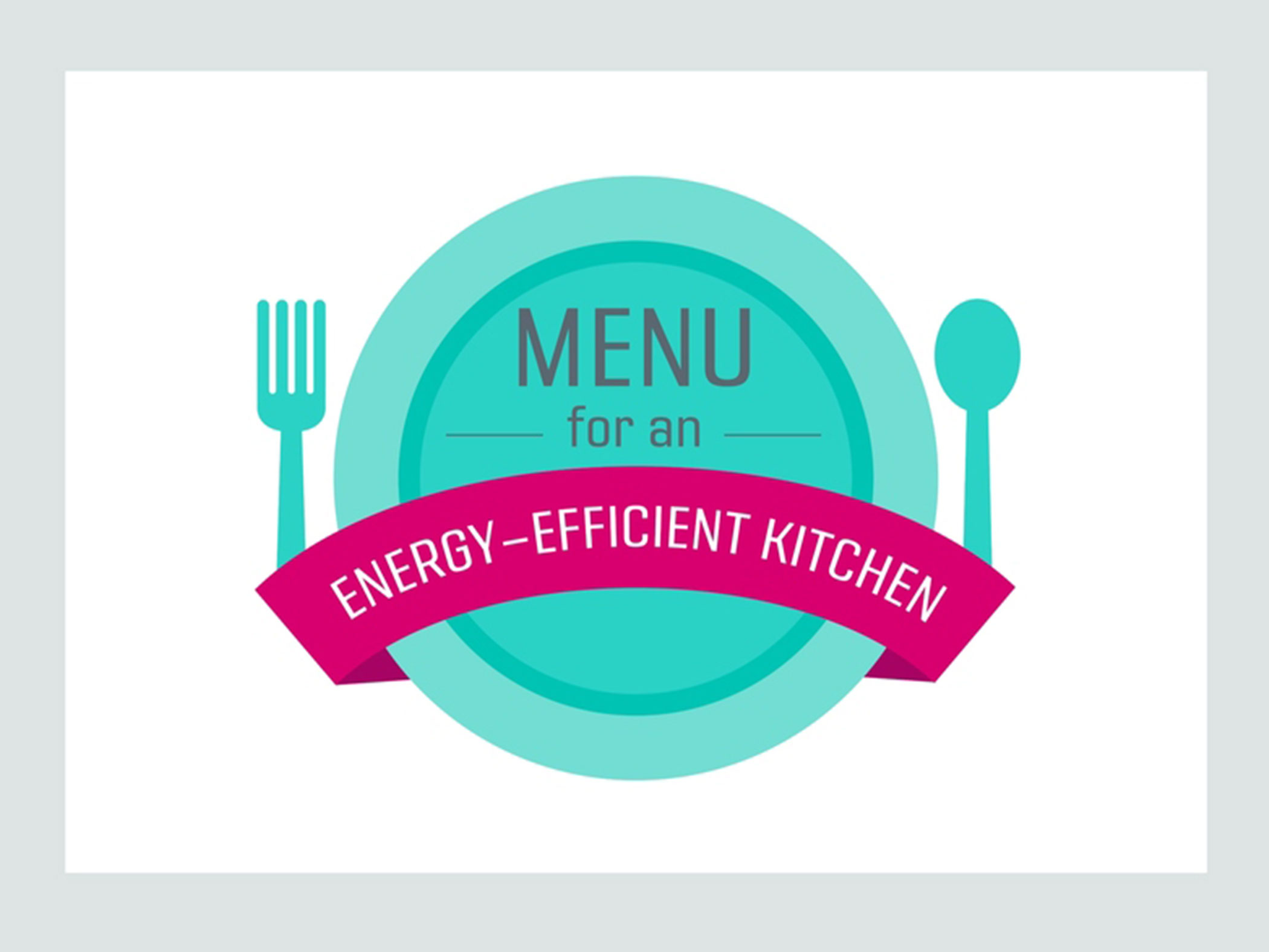Menu for an Energy-Efficient Kitchen
Serve up energy savings in your kitchen with these special selections.

Energy is essential to kitchen operations, but it can take a big bite out of your bottom line. These selections will help you serve up energy savings in your kitchen.
Starters
Minimal Preheating
A preheating time of 15 minutes is adequate in most cases, depending on the appliance and the desired temperature.
Rightsized Pots and Pans
A 6-inch pot on an 8-inch burner wastes 40% of the burner's heat.
Covered Pots and Pans
Covering pots and pans helps retain heat, reducing cooking time and energy use.
Lower Cooking Equipment Temperatures During Idle Times
Many types of kitchen equipment preheat rapidly, eliminating the need to maintain full temperature.
Clean Equipment
Carbon and grease buildup can make cooking equipment work harder and use more energy. Clean equipment regularly.
Main Dishes
Energy-Efficient Cooking Equipment
ENERGY STAR® certified commercial foodservice equipment is more efficient than standard models without sacrificing quality or performance.
Demand Control Ventilation
Ventilation fans often run at full speed. Demand control ventilation saves energy by regulating fan speed according to need.
Hot Water Booster Heaters
Booster heaters save energy, minimize dish drying time and eliminate the need for sanitizing chemicals.
On the Side
Properly Calibrated Equipment
Over time, thermostats and controls may fall out of calibration, reducing equipment efficiency. Check them regularly and make any necessary adjustments.
Fully Loaded Dishwashers
Running dishwashers at partial loads wastes energy and money. It's cheaper to cold-rinse and stack dishes until a full load is ready.
Closed and Sealed Refrigerator and Freezer Doors
Make sure doors latch tightly and gaskets are sealed correctly to keep cold air from escaping.
See Infographic